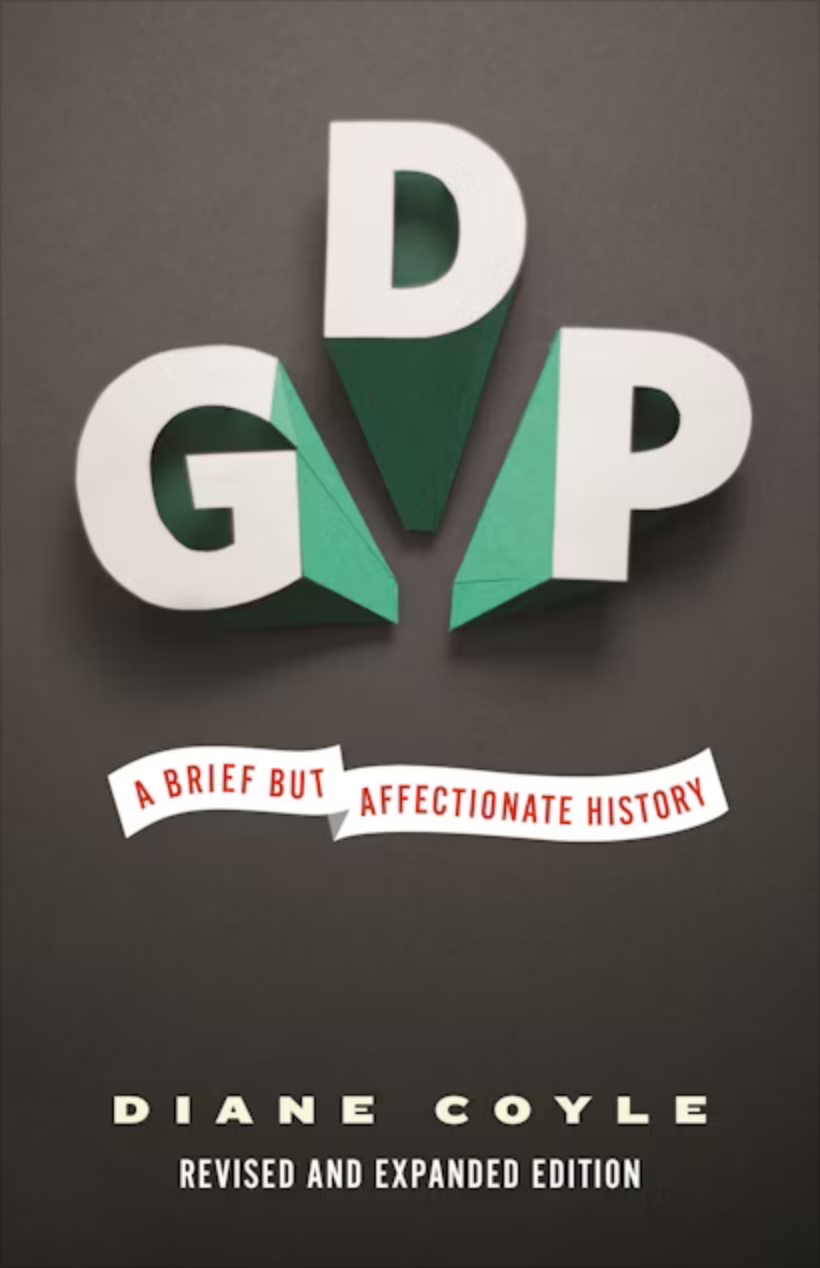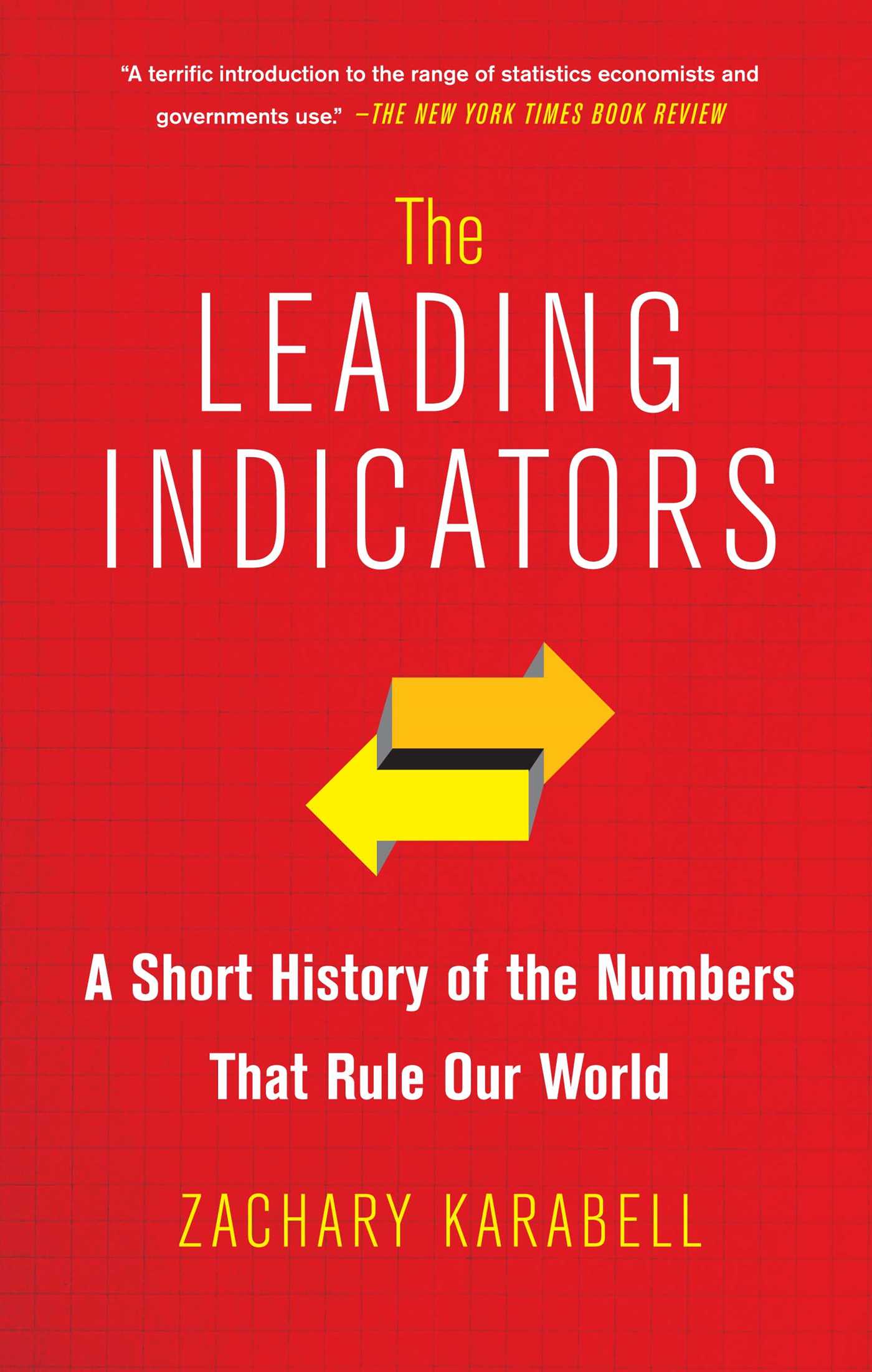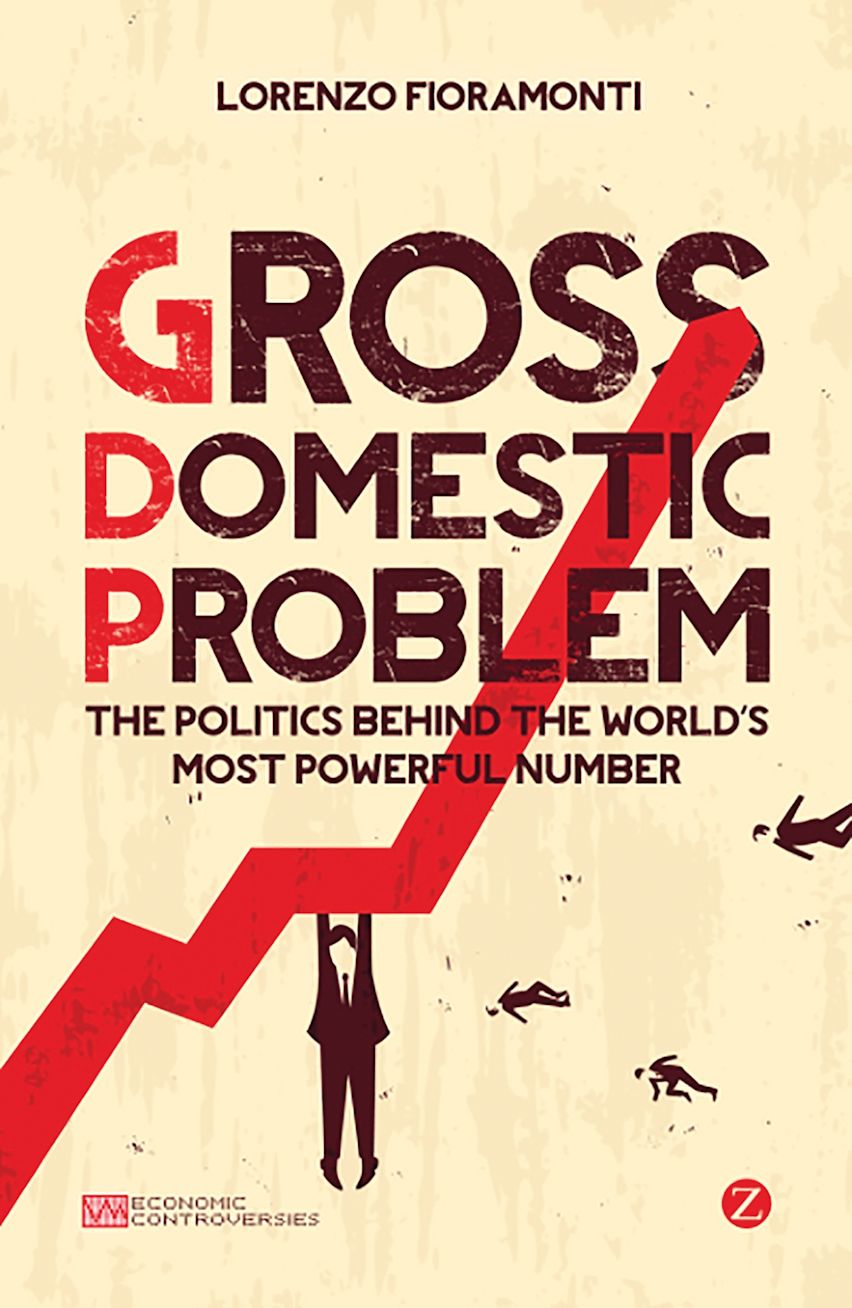The origins of GNP and GDP stretch back to 17th-century England. Scientist Sir William Petty set out to determine how much tax the Crown could levy to mobilize for the Second Anglo-Dutch War of the mid-1660s. Petty combed through sketchy tax records, census reports, and other scattered government documents to estimate the country’s economic output. Following Petty’s work, statistics about agricultural production and trade became common in many countries, but it was not until the late 19th century and early 20th century that comprehensive statistical depictions of an entire economy began to appear.
Employment and income statistics were useful for late 19th-century progressive reformers hoping to show just how unequal and unfair industrialization was making society. If they could show that a certain few (the 1% of an earlier day) held a disproportionate share of the national wealth, they could offer more persuasive arguments to reform the economic system. In the aftermath of WWI, having a clear and reliable estimate of national income was necessary to figure out just how much Germany could pay in reparations. During the Depression, La Follette and Kuznets realized, national income estimates became indispensable to government efforts to revive economic activity and generate greater employment. In the run-up to WWII, GNP was useful for US war planners determining how to mobilize domestic resources and manage military procurement to fight the Axis powers.
By the war’s end, a transatlantic network of economists and statisticians—led by Kuznets and British economists Colin Clark and Richard Stone—worked to standardize the “system of national accounts” and establish norms for calculating GNP. After the war, countries around the world starting calculating the number, and new international institutions, including the United Nations, grafted it onto colonies and “underdeveloped” countries. The rising generation of nationalist postcolonial leaders celebrated high GNP growth rates as a powerful symbol of modernity and evidence that they could deliver on revolutionary promises.
GNP provided an authoritative, empirical way of comparing nations and defining targets for countries to move up the ladder from underdeveloped to developed; aggregate economic statistics revealed the development process as it unfolded on accounting sheets. The numbers became tools in the Cold War as the two superpowers competed over which system, communist or capitalist, could deliver the highest numbers in the shortest amount of time. John Kennedy evoked GNP growth rates so frequently during his 1960 campaign that his opponent, Richard Nixon, dismissed it as “growthmanship.” Amid an international “stats war,” Fioramonti reports, the CIA frequently tried to persuade Third World nations of Soviet perfidy by recalculating and discrediting Soviet claims to high growth rates.


